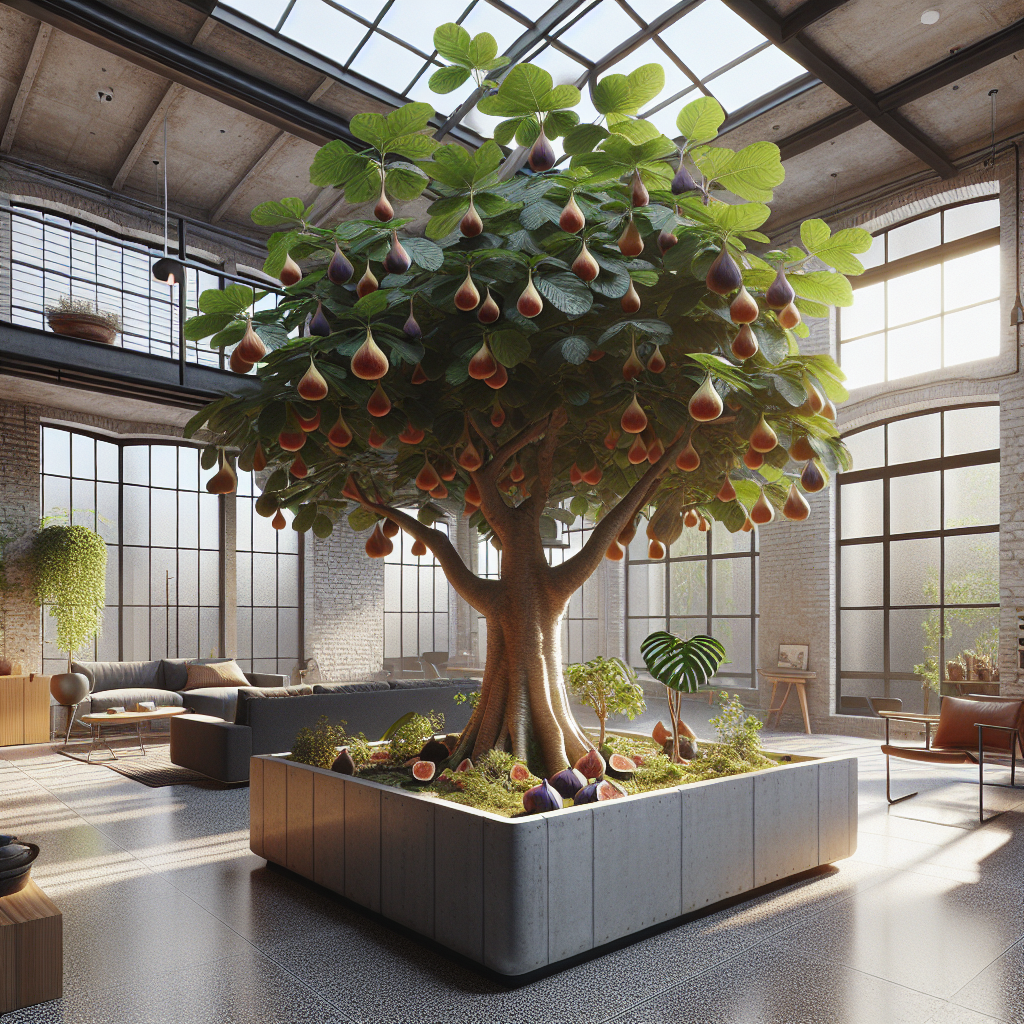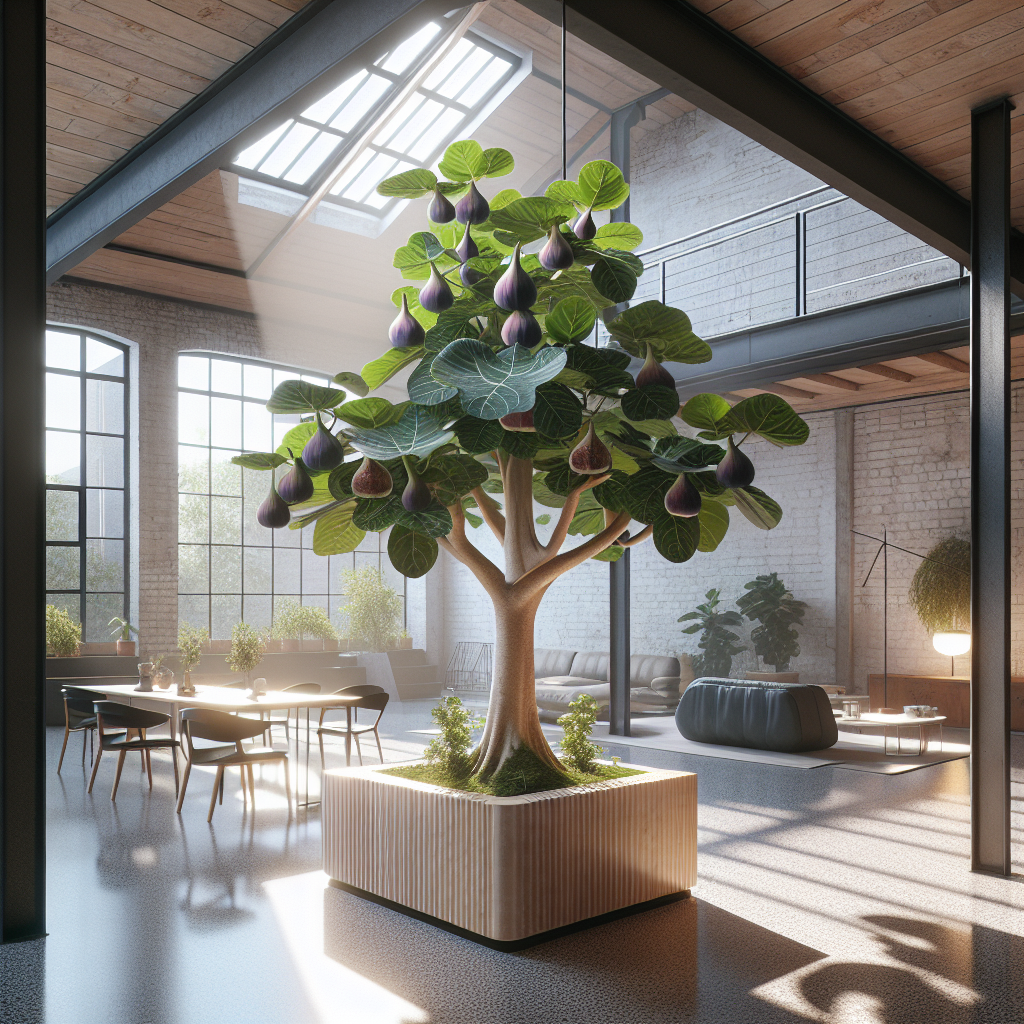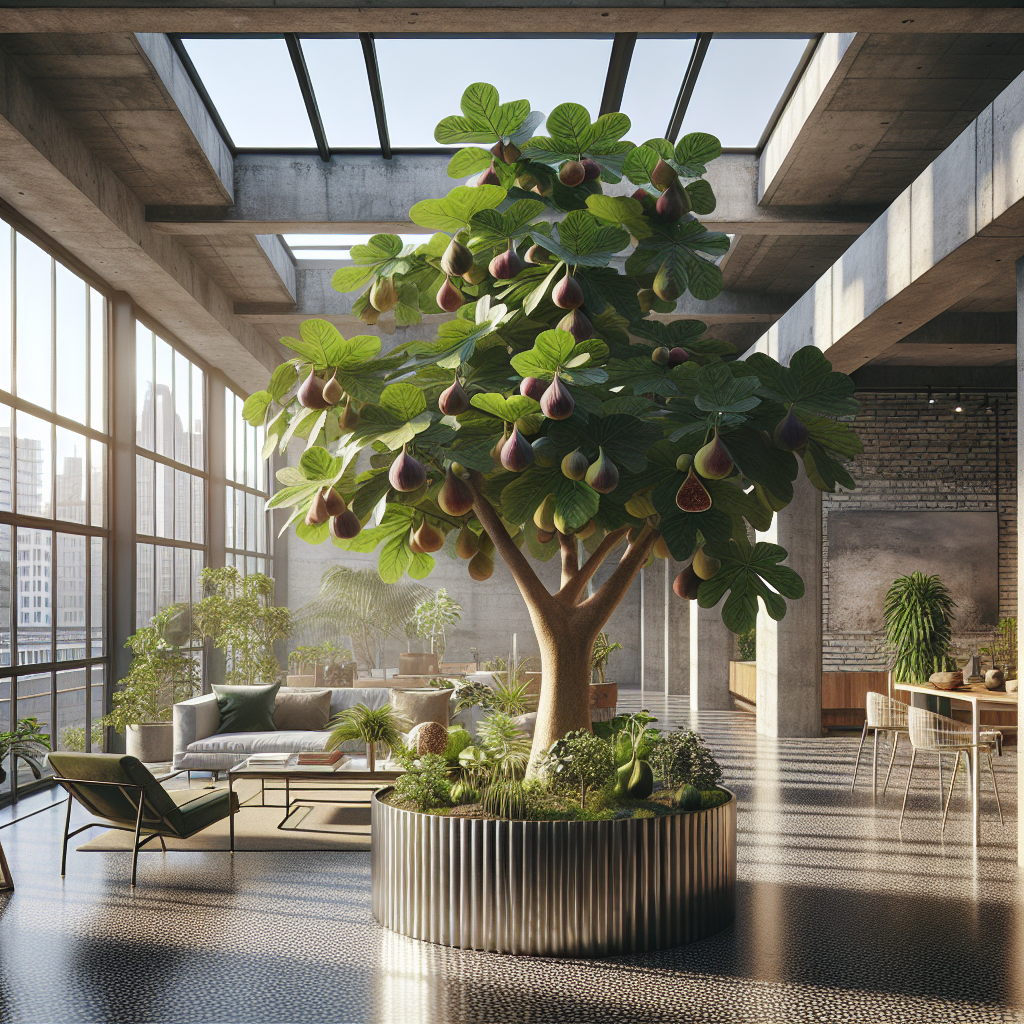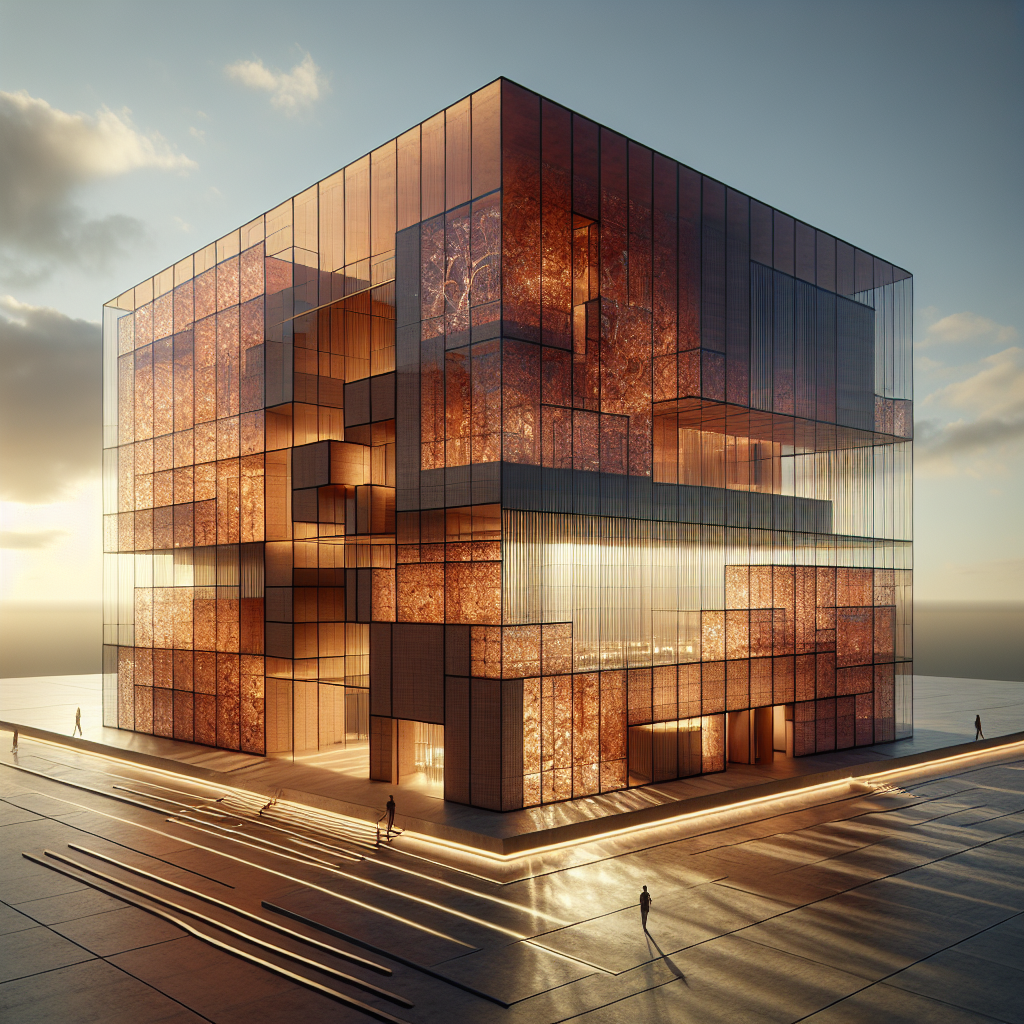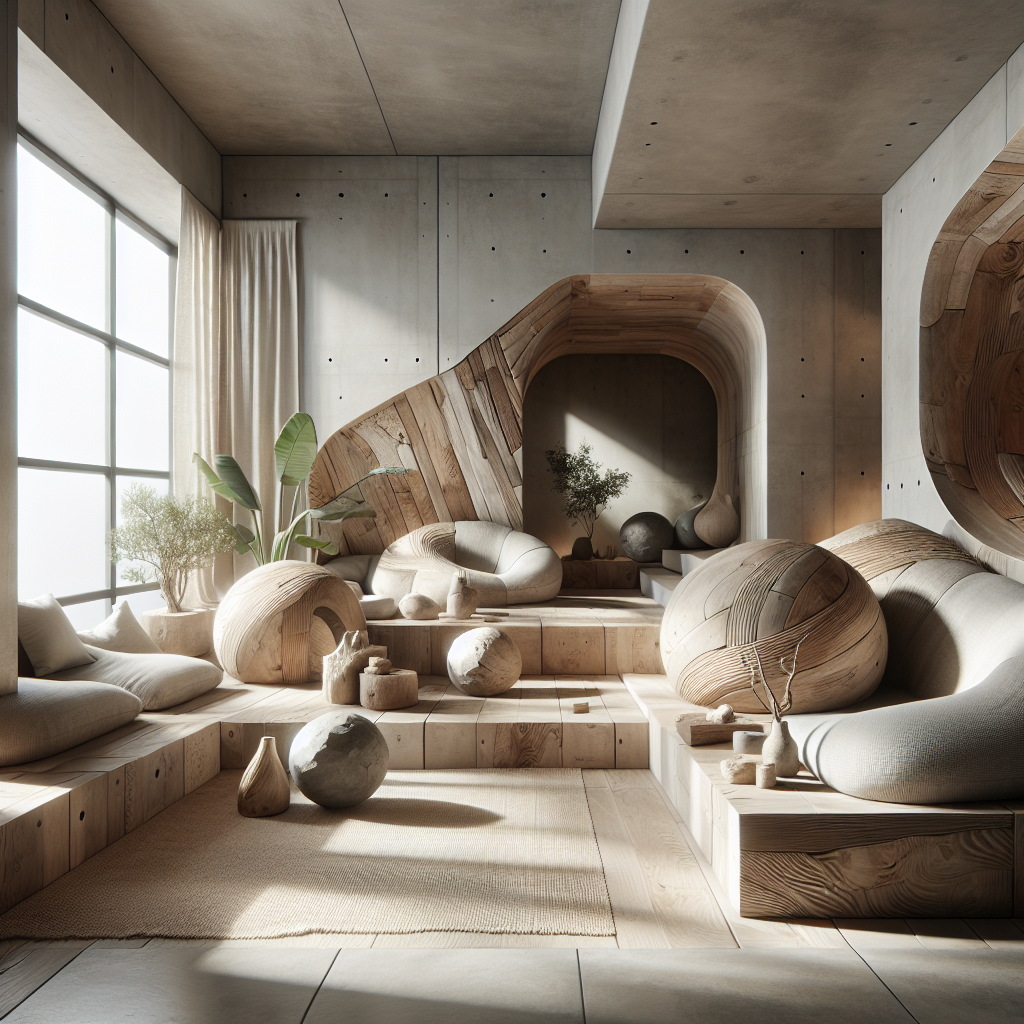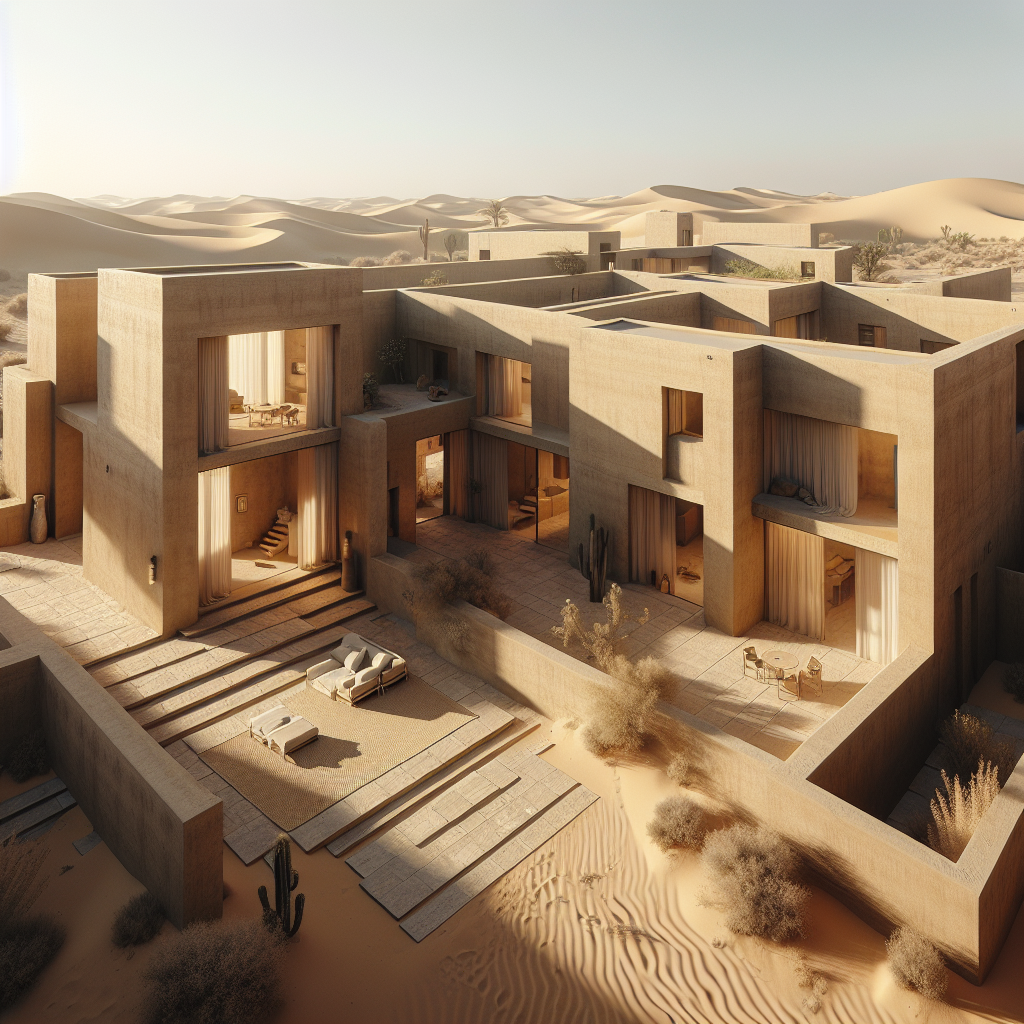Evocative orchard within: fruit-bearing trees as indoor centerpieces
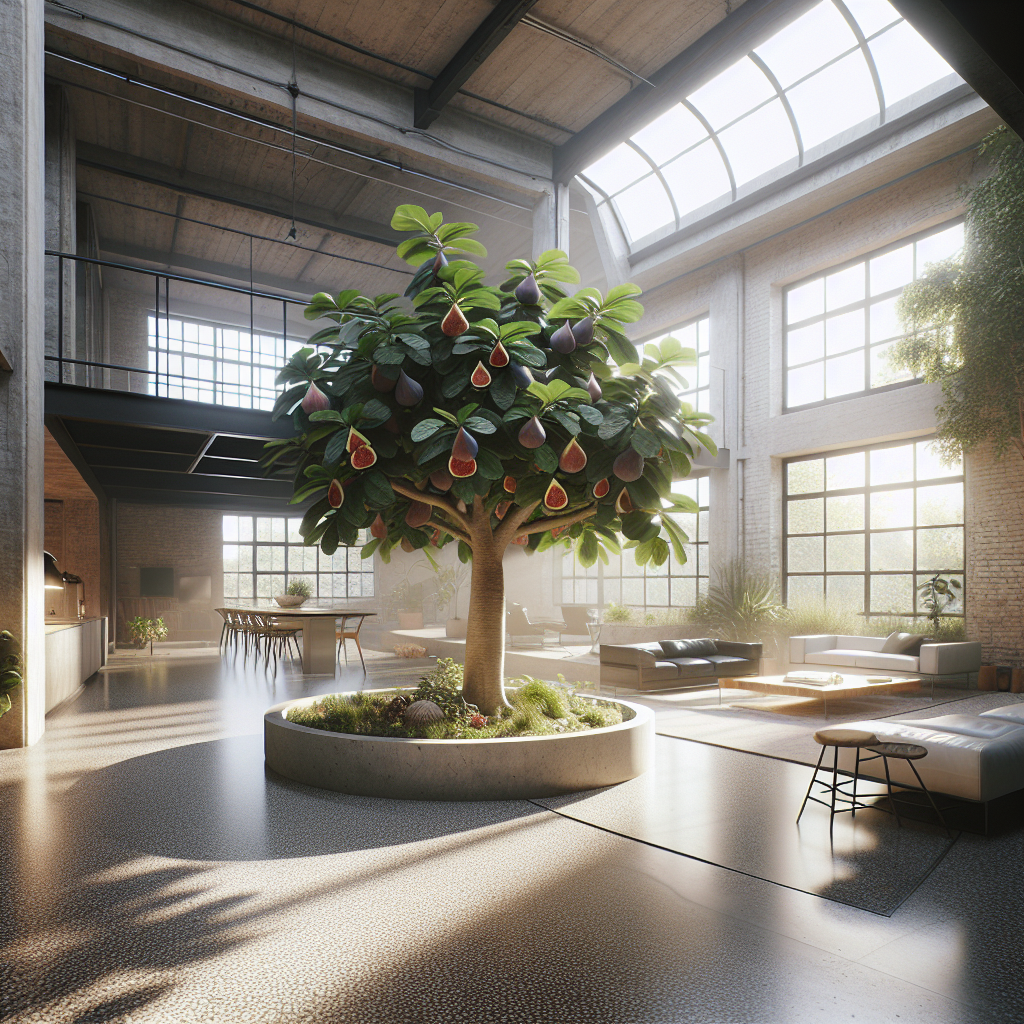
Evocative Orchard Within: Fruit-Bearing Trees as Indoor Centerpieces
In the ever-evolving landscape of interior design, the quest for authenticity and connection to nature has taken a delightful and unexpected turn. Fruit-bearing trees, once confined to outdoor orchards and gardens, are now becoming sophisticated indoor centerpieces, redefining luxury interiors with their organic elegance and sensory charm. This trend not only aligns with the principles of biophilic design but also resonates deeply with our innate desire for natural beauty and sustainable living.
The Allure of Indoor Orchards: A New Paradigm in Interior Design
The integration of fruit-bearing trees into interior spaces represents a significant shift in contemporary design philosophy. Moving beyond traditional houseplants, designers and architects are embracing the evocative presence of citrus, fig, olive, and even apple trees as living sculptures that breathe life into interiors. These trees, with their vibrant foliage, fragrant blossoms, and luscious fruits, serve as dynamic focal points, transforming ordinary spaces into immersive, sensory-rich environments.
This trend is not merely aesthetic; it embodies a deeper narrative of sustainability and wellness. As urban dwellers increasingly seek refuge from the artificiality of city life, indoor orchards offer a tangible connection to nature, promoting psychological well-being and enhancing indoor air quality. Recent studies highlight that incorporating natural elements into indoor environments significantly reduces stress levels and improves cognitive function, making fruit-bearing trees an ideal choice for both residential and commercial interiors.
Architectural Integration: Crafting Spaces Around Living Trees
The successful integration of fruit-bearing trees into interiors requires thoughtful architectural planning and design innovation. Unlike conventional decorative plants, these trees demand specific environmental conditions, including ample natural light, appropriate humidity levels, and adequate space for growth. Consequently, architects are increasingly incorporating expansive skylights, clerestory windows, and open-plan layouts to accommodate these living centerpieces.
One striking example is the recent renovation of a luxury penthouse in Milan, where a mature olive tree stands majestically at the heart of the living area. Surrounded by minimalist furnishings and illuminated by a strategically placed skylight, the tree becomes a living artwork, its silvery leaves casting delicate shadows across the polished terrazzo floor. This integration not only enhances the aesthetic appeal but also creates a harmonious dialogue between nature and architecture.
Similarly, the innovative use of vertical space in urban apartments has given rise to suspended indoor orchards. Designers are utilizing bespoke planters and sophisticated hydroponic systems to cultivate dwarf citrus trees and fig varieties, transforming compact interiors into lush, vertical gardens. This approach not only maximizes limited space but also introduces an element of visual intrigue and sensory delight.
Case Studies: Exemplary Projects Embracing the Indoor Orchard Trend
To fully appreciate the transformative potential of indoor orchards, we examine several exemplary projects that have successfully integrated fruit-bearing trees into their design narratives.
The Lemon Tree Atrium, Lisbon
Nestled within a restored 18th-century townhouse, the Lemon Tree Atrium in Lisbon epitomizes the seamless fusion of historical architecture and contemporary biophilic design. At its center, a mature lemon tree thrives beneath a glass-enclosed courtyard, its branches laden with fragrant blossoms and vibrant fruit. The atrium serves as both a communal gathering space and a sensory oasis, its verdant centerpiece offering a tranquil respite from urban life.
Fig Tree Loft, New York City
In Manhattan’s bustling SoHo district, the Fig Tree Loft exemplifies urban luxury redefined through nature-inspired design. A towering fig tree, planted in a custom-built, floor-integrated planter, rises dramatically through the double-height living space. Illuminated by expansive industrial windows, the tree’s lush foliage contrasts beautifully with the loft’s exposed brick walls and reclaimed wood furnishings, creating an atmosphere of refined rusticity.
Apple Orchard Office, Copenhagen
Embracing the Danish ethos of hygge and sustainability, a forward-thinking architecture firm in Copenhagen has transformed its workspace into an indoor apple orchard. Rows of dwarf apple trees, cultivated in minimalist concrete planters, line the open-plan office, their seasonal blossoms and fruits fostering a sense of community and well-being among employees. This innovative approach underscores the potential of fruit-bearing trees to enhance workplace productivity and satisfaction.
Sustainability and Innovation: Cultivating Indoor Orchards Responsibly
While the aesthetic and sensory benefits of indoor orchards are undeniable, their cultivation demands a conscientious approach to sustainability and resource management. Advances in agricultural technology, such as vertical farming and hydroponic systems, have made it increasingly feasible to maintain healthy, productive trees indoors without excessive water consumption or chemical interventions.
Moreover, the selection of tree species adapted to indoor environments is crucial. Designers and horticulturists are collaborating to identify and cultivate dwarf and semi-dwarf varieties specifically bred for interior conditions, ensuring their longevity and productivity. This commitment to responsible cultivation aligns with broader industry efforts toward sustainable architecture and design practices.
The Future of Interior Design: Embracing Nature’s Bounty Indoors
As we look toward the future, the integration of fruit-bearing trees into interior spaces promises to become increasingly prevalent, driven by our collective desire for authenticity, sustainability, and sensory enrichment. This trend reflects a broader cultural shift toward reconnecting with nature and redefining luxury through meaningful, experiential design.
Innovative projects worldwide continue to push the boundaries of what is possible, from floating greenhouse pods above city canals to adaptive façades that integrate living vegetation. These pioneering endeavors underscore the transformative potential of nature-inspired design, inviting us to reconsider our relationship with the built environment and embrace the evocative beauty of indoor orchards.
In embracing this trend, designers and architects not only enhance the aesthetic and sensory qualities of interior spaces but also contribute to a more sustainable, health-conscious future. Fruit-bearing trees, with their inherent beauty and life-affirming presence, offer a compelling vision of interior design that is both sophisticated and profoundly human-centric.
For further exploration of how technology and innovation are shaping contemporary architecture and design, consider reading our in-depth analysis of technology’s impact on futuristic city design or our exploration of wooden skyscrapers and their role in sustainable urban development.
Ultimately, the evocative orchard within represents more than a fleeting design trend; it embodies a profound shift toward authenticity, sustainability, and sensory enrichment, inviting us to rediscover the timeless beauty and abundant generosity of nature within our interior spaces.
